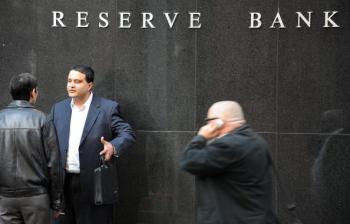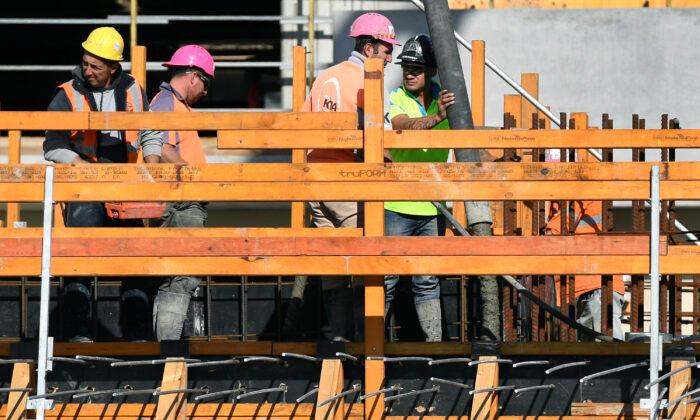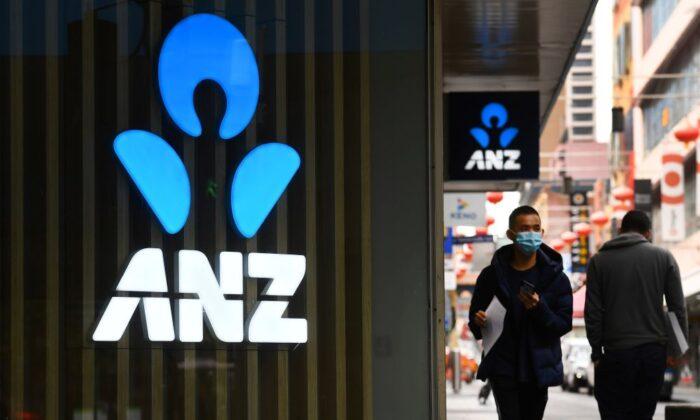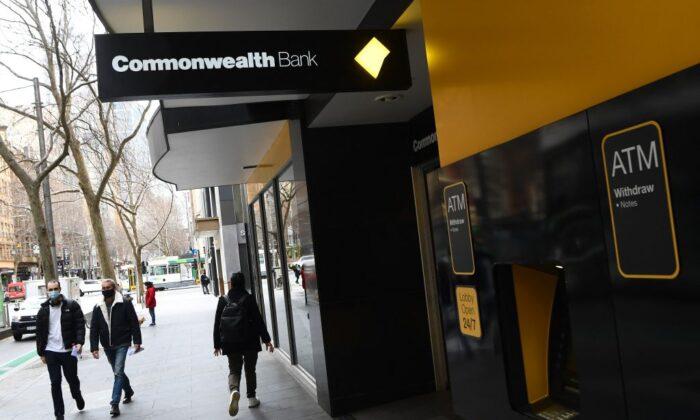The Reserve Bank of Australia (RBA) expects the national economy to get back on track, following its contractions in the March and June quarters. While this may indicate the end of the recession, the central bank cautioned that the recovery would be unpredictable due to a wide range of uncertainties.
“At the moment, our best guess is it looks like the September quarter for the country recorded positive growth rather than slightly negative,” Debelle told the senators.
“As best as we can tell, the growth elsewhere in the country was more than the drag from Victoria, and possibly the drag from Victoria was a little less than what we guessed back in August,” he said.
Australia’s economy entered its first recession in 29 years, after recording a 0.3 percent and then a 7 percent contraction in GDP respectively in the March and the June quarters.
Debelle’s remarks came as the Victorian state government announced it was going to reopen its economy from the midnight of Oct. 27 after a 112-day restricted lockdown.
Economic Recovery to be Unpredictable
Despite the optimistic estimate for growth in the Sept. quarter, Debelle revealed that challenges in forecasting at the moment were enormous.“The range of uncertainty around the numbers at the moment is as large as it has been in my career,” he told the hearing. “We are having a lot of trouble trying to understand where we are, let alone where we are going.”
He also said the RBA has not yet factored in the impact of state border closures in its economic modelling.
While recording its seventh straight gain to the highest reading since March, the index also suggests that people remain cautious about the economic outlook.
Bullock emphasised that while a range of supporting measures, including income support, loan repayment deferrals and temporary insolvency relief, are keeping businesses and families afloat, some of these measures will soon come to an end and there is uncertainty about others.
“With a very uncertain economic recovery, this raises issues about the resilience of businesses and households and ultimately about the credit quality of banks’ assets,” she said.
She expects that around a quarter of small businesses that were currently receiving income support would close if the government supports were removed now and trading conditions had not improved. This would further translate into financial losses to banks.
“There is going to be further pressure on banks’ profits and capital over the coming year,” Bullock said. “The main way this will happen is through credit losses – both through business and household loans.”
Further Interest Rate Cut on Agenda
Earlier this month RBA governor Philip Lowe indicated the central bank was considering further monetary easing to support economic recovery, sparking speculation that the RBA could cut interest rates even further.Lowe has also said the central bank will put more weight on actual, not forecast, inflation until there is a return of a tighter labour market, warning that the cash rate would not increase for at least three years.
However, Debelle declined to offer any hint on whether the bank would initiate significant quantitative easing program on Nov. 3 when RBA is expected to update its outlook for the economy.





Friends Read Free